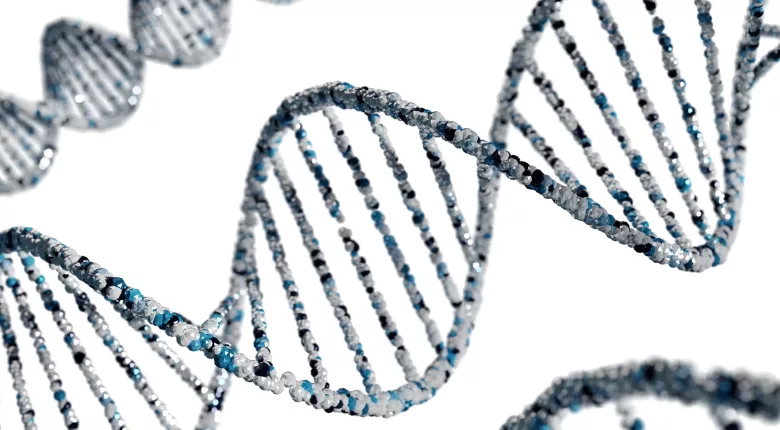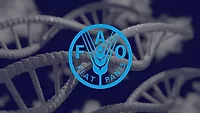The Global State of New Gene Editing Techniques Used for Food-Producing Animals

Image credit: Ashraful Islam via Unsplash
A recent report published by the European Food Safety Authority (EFSA) has provided a global overview of new genomic techniques (NGTs) being applied to food-producing animals and their products, from NGTs already approved for commercialization in the agrifood sector to those still in the research and development phase.
In the report, NGTs are defined as “techniques that are able to alter the genetic material of an organism, developed after the publication of EU Directive 2001/18/EC [on the deliberate release of genetically modified organisms (GMOs) into the environment].” Specific NGTs include site-directed nuclease (SDN) techniques based on clustered regularly interspaced short palindromic repeats (CRISPR), transcription activator-like effector nucleases (TALEN), zinc-finger nucleases (ZFN), oligonucleotide-directed mutagenesis (ODM), base editing, prime editing, RNA-directed DNA methylation (RdDM), CRISPR interference (CRISPRi), and RNA editing.
At present, several developed or ongoing NGT applications have been authorized for commerce, being used in farmed animals for agricultural, food, and feed uses, or have been judged as “non‐GMO” and therefore a conventional technique. Specifically, in Japan, a startup is selling NGT red sea bream and tiger pufferfish CRISPR/Cas9 SDN-1 knockouts with an improved meat yield. Additionally, a U.S.-based company’s TALEN-edited myostatin cattle knockout for improved meat yield was considered non-GMO by Brazil’s National Technical Commission on Biosafety (CTNBi). Regarding another application from the same company, in March 2022, the U.S. Food and Drug Administration (FDA) made a low-risk determination for the marketing of products, including food, from two genome-edited beef cattle and their offspring after concluding that the PRLR edit resulting in a slick hair coat and improved thermotolerance did not raise any novel safety concerns; CTNBi also considered this application non-GMO.
Although the two cattle applications are able to go to market, it is not clear if any product has yet been sold. All four commercial-stage applications were SDN-1 NGTs created by introducing editing reagents into early stage embryos to produce a targeted, double-strand break in the DNA.
Additionally, several NGT agrifood applications are in the pre-commercial stage, which include some applications that are still in development, but have received a regulatory determination in at least one country. For example, U.S. and Argentine companies proposed to develop hornless cattle breeds with improved heat tolerance. In a prior consultation, the application was considered non-GMO by the the Argentine Biosafety Commission (CONABIA). Similarly, a U.S. company submitted for consultation a tilapia fish NGT using CRISPR/Cas9 and introduced by microinjection creating an SDN-1 knockout of the myostatingene to increase muscle mass. CONABIA and CTNBi considered the fish to be non-GMO. The fish is considered pre-commercial as the edit would need to be introduced into commercial tilapia lines to be of value to breeding programs.
Also considered pre-commercial is a NGT application from a UK-based company for pigs that are resistant to porcine reproductive and respiratory syndrome virus (PRRSV) by the targeted exon deletion of a gene. The company has announced that it undergoing review by FDA as an “Intentional Genomic Alteration,” with the intent to secure FDA approval in 2024. The company also intends to seek full approvals for food/feed and commercial production in Colombia, Brazil, Japan, Canada, and Mexico, with other countries likely to follow. The company’s collaborator in China is currently seeking full approval the NGT pig for food/feed and commercial production in China.
There are also an estimated 20 gene-edited livestock applications in China that are at the pre-commercial stage, meaning they are going through authorization procedures or regulatory review by the Ministry of Agriculture in China.
Looking for quick answers on food safety topics?
Try Ask FSM, our new smart AI search tool.
Ask FSM →
Overall, 59 percent of the 195 NGT applications reviewed in EFSA’s report were targeting food mammals, specifically, pigs (52), cattle (23), sheep (20), goats (17) and rabbits (4); followed by 29 percent aquatic species, all fish; eight percent avian species (chicken, quail, and duck); and four percent insects (honeybee and silkworm). The majority of the 195 applications originated in China (56 percent),followed by the U.S. (18 percent), Japan (7 percent), South Korea (4 percent), Norway (4 percent), the UK (2 percent), New Zealand (2 percent), Singapore, Australia, Taiwan, Czechia and Germany (all at 1 percent each), and a single application each in India, Israel, Russia, and Uruguay.
The most common trait category targeted by NGTs was meat and fiber yield (31 percent), followed by reproduction (24 percent), biotic stress (18 percent), multiple traits (7 percent), color (6 percent), production of hypoallergenic products (5 percent), product quality (4 percent), abiotic stress (1 percent), and other traits (4 percent). The majority of the applications were SDN‐1 using CRISPR/Cas9 to introduce small insertions and deletions to inactivate a gene. The large number of applications focused on reproduction is due in part to interest in both single‐sex offspring in numerous industries (e.g., females in the case of egg production), and infertility coupled with germline complementation chimeras (where germline‐competent donor cells are used to replace the germline of an otherwise sterile host of a different genetic background) in multiple species including finfish, chickens, cattle, goats, and pigs.









